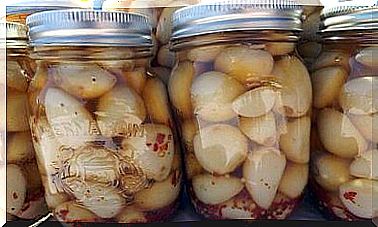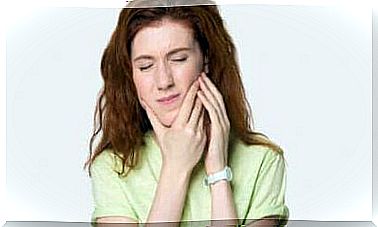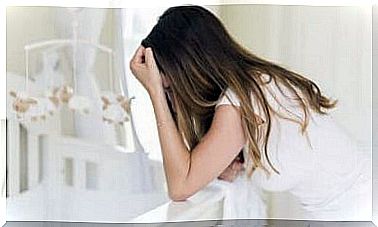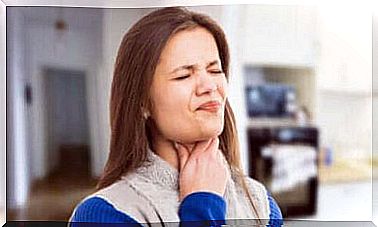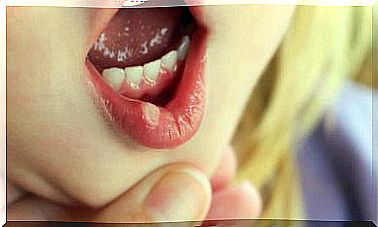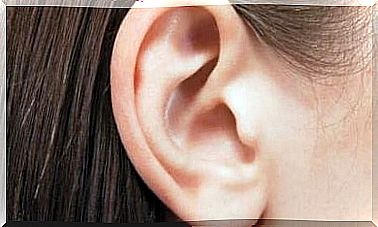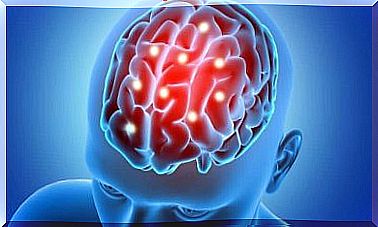Is It Possible To Stop Hair Loss?
Many of us enjoy shiny and strong hair and we like the latest hair styles or cuts that emphasize our beauty and affect our health. But many people’s hair is extremely sensitive to any changes in the body, even the smallest changes. Suddenly you start to find a large amount of hair in the morning on your pillow or brush and you start to worry, not just for the aesthetic reason involved but rather because you are afraid it is an indication of some much more serious situation.
Do not worry! This article offers solutions to the problem of hair loss, but first you need to ask yourself: does the problem really exist? We also tell you about the different types of hair loss and the reasons behind them.
Daily hair loss is completely normal
An adult has 100,000 to 150,000 hair follicles that grow and fall regularly during a cycle known as the life cycle of hair growth. As the hair follicle grows in its place, you can find hair follicles that are at different stages of growth all over your scalp. A person loses 60-100 hair follicles every day. These are hair follicles that are on the third level in the hair growth cycle, the resting phase and the falling phase, or the hair loss phase. And this is normal.
When hair loss increases significantly or occurs only in certain areas, you may suffer from a disorder known as hair loss. The underlying causes of this disorder vary enormously: skin conditions, hereditary causes, medications, stress, inadequate diet, and even treatments applied to the scalp can all increase the incidence of hair loss.
If this disorder is not treated in time, it can cause complete hair loss, but this process can be reversible. In this article, I offer you 7 treatments to help you stop hair loss and stimulate hair growth to get back your shiny cut.
First, we look at what style of hair loss you suffer from, in the following we will list the different types of hair loss.
Types of hair loss: Is it possible to stop hair loss?
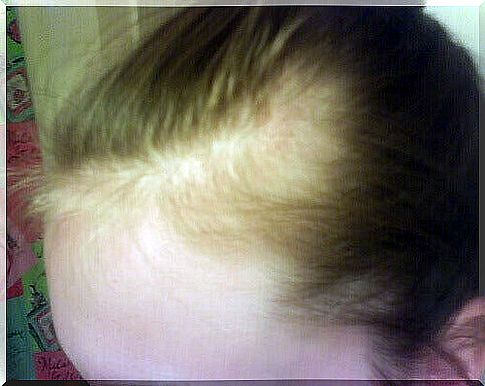
The types of hair loss can be classified into two major groups depending on the type of hair loss: Cicatricial Alopecias and Non-cicatricial Alopecias. It is worth mentioning that each hair strand is formed by a hair shaft and a root attached to the hair follicle. During hair loss, the hair falls out while the sheath forms new hair. Therefore, as long as the sheath is not damaged, the hair will regenerate itself.
Types of hair loss in the category Cicatricial Alopecias are rare but characteristic of situations where the hair follicle is damaged due to inflammation, infections, or trauma. If this is the case, hair loss is irreversible. Some of the main causes of this type include:
- Hereditary diseases such as ictiosis and epidermal nevus.
- Physiochemicals such as burns and corrosives.
- Infectious diseases caused by fungus, bacteria and viruses.
- Neoplastic diseases such as lymphomas.
- Dermatosis such as sarcoidosis and follicular mucinosis.
However, 80% of hair loss is classified as Noncicatricial Alopecias or rather disorders that do not damage the hair follicle and therefore hair loss can be reversed with the right kind of treatment. I will now introduce you to the 5 most common types, but it is always recommended that you go to see a dermatologist to properly identify the problem.
1. Androgenous Alopecia or more commonly Calvicie: it is the most common of all hair loss types (95% of cases) and may be due to genetic or hormonal reasons. There are two modes of action:
a) Men: Hair loss is observed mainly in the front and middle parts of the head. Well-known signs are starting to appear and their number is growing.
b) Women: widespread hair loss. However, there are no areas with total hair loss.
2. Traumatic Alopecia: This disorder is caused by physical trauma. Several formulas have been identified, depending on what causes hair loss:
a) Caused by pulling : the hair has been under constant tension due to certain hairstyles such as curls and braids.
b) Pressure: This is caused by constant rubbing of the scalp against another surface, such as a pillow.
c) Trichotillomania: This is a way for a nervous person to pull their own hair out.
3. Alopecia areata: this seems to be caused by stressful situations. This type of hair loss is characterized by the appearance of circular diagrams, although sometimes the entire scalp may be damaged. This often improves spontaneously, but can reappear.
5. Hair Loss Caused by Drugs or Medications : Large amounts of certain medications such as thyroid medication, blood thinners, cytostatic drugs, and iodine as well as large amounts of vitamin A have the ability to cause hair loss. When the drug or medication is stopped, the hair begins to grow again.
If you already know what type of hair loss you suffer from and it’s noncicatricial alopecia type, good news! The solution is near. Next, I suggest these seven simple, natural, and effective treatments to help you stop hair loss and help grow healthy and shiny hair.
7 treatments to help you fight hair loss

TREATMENT 1: Aloe Vera
The Aloe Vera plant contains chemical ingredients that stimulate the scalp. The inner leaf of the Aloe Vera plant is cut into cubes. Those jelly-like cubes are pressed into the scalp, rubbing the entire damaged area. The scalp should be covered with a cloth to allow the treatment to take effect overnight.
Rinse the next day with a fair amount of warm water and half a lemon juice. This should be done for three to four weeks to achieve optimal results.
TREATMENT 2: Coconut milk
Coconut is high in water, nutrients and acid-saturated fats. Milk extracted from coconut prevents hair loss. To make the milk from the coconut, the fruit flesh is grated and drained using a cloth. We massage the fluid from the coconut into our scalps to promote hydration. This process should be performed once a week.
TREATMENT 3: Onion
Onions are high in vitamins A, B and C and the best news is that it prevents hair loss. To achieve this result you should take a white onion and grate it in a blender with 3 teaspoons of honey. This mixture is applied to the entire damaged area with a small brush, which is then covered for 30 minutes. Then rinse the mixture off the scalp with a fairly large amount of water. In less than three weeks, I was surprised by the results.
TREATMENT 4: Garlic and olive oil
Garlic has the most amazing properties. You will notice it for yourself when you try this treatment in the fight against hair loss. Before you go to bed in the evening, rub two halves of the garlic clove on your scalp and then rub with olive oil. Cover your head with a shower hood or cloth overnight and wash your hair the next day with an aromatic shampoo. You should do this twice a week for a month to get the desired results.
TREATMENT 5: Restorer
Mix a teaspoon of honey, two egg yolks, one teaspoon of yogurt and one teaspoon of warm water together. This paste is added to the damaged area of the scalp with a light massage and then the scalp is covered with aluminum foil. Wait 20 minutes and then rinse your hair with plenty of water. This treatment is very effective. Hair grows shiny and healthy.
TREATMENT 6: Rosehip and rose
This treatment activates the blood flow to the scalp. You should boil the rosehip sprig and the sprig sprig in 3/4 liter of water for 5 minutes. The resulting infusion should be used by rinsing the hair with it after shampooing and massaging the scalp.
TREATMENT 7: Carrot, honey and oil
Mix two teaspoons of pure honey, one teaspoon of olive oil and one carrot in a blender until they become a paste. This paste is added to the scalp with massaging circular motions and then the head is covered with a towel. You should rinse your hair with warm water after allowing the mixture to act for 20 minutes. Carrots are an excellent source of vitamins: if you do this treatment for yourself twice a week, your hair loss will eventually stop.
Some advice in the end
Now all you have to do is choose your treatment and get started. However, remember that you need to be determined and firm and go to the root of the problem before you can solve it. A nutritious diet, avoiding hair dryers and tight hairstyles, and maintaining a healthy lifestyle are the best ways to take care of your hair and prevent potentially irreversible harm.
List of sources
-
- www.henkel.es
- Innatia. Salud, Biennial and Traditions.
- Virendra N. Sehgal, Govind Srivastva, Promila Bajaj: Alopecia cicatricial. International Journal of Dermatology 2001; 40: 241-248.
